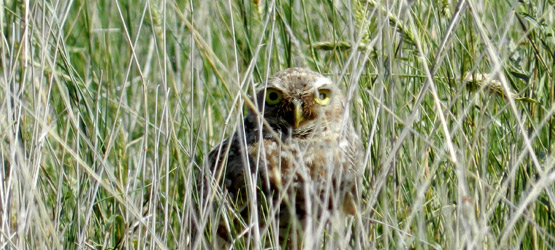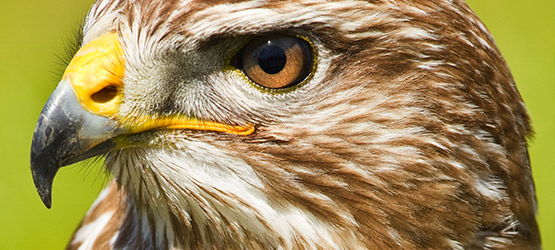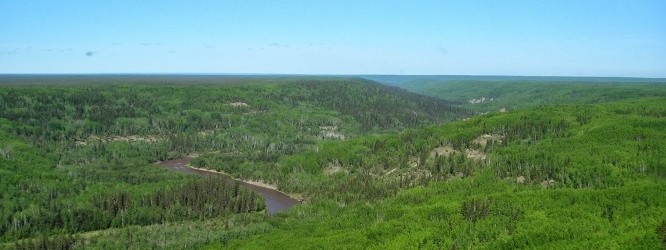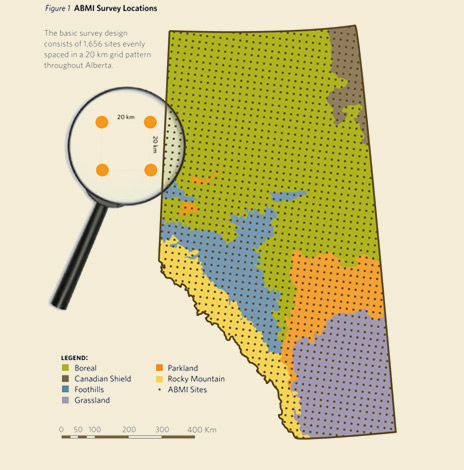Ways to Adapt
The current and projected future pace of climate change is unprecedented, which means many species may be unable to keep pace through adaptation or range shifts. In addition, human land use has already resulted in habitat loss and degradation, barriers to species movement, and competition with non-native species that may limit the capacity of our native species and ecosystems to adapt to climate change on their own. There is therefore a need to consider climate change in today’s decisions that will affect biodiversity.
We completed a detailed review and analysis of adaptation measures for the conservation of Alberta’s biodiversity under a changing climate to help frame the climate change adaptation conversation in the province.
These adaptation measures include approaches for:
- Maximizing the capacity of our species and ecosystems to respond to climate change
- Planning for parks and protected areas
- Accommodating climate change uncertainty in land use planning
- Monitoring biodiversity to support climate change adaptation






